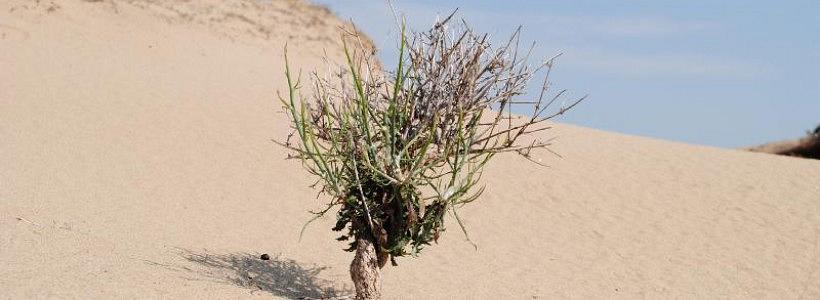Desertification process intensifies in southern Romania region

The desertification process in Dolj county, in southern Romania, has intensified in recent years after the forest surface in the area has diminished and the temperatures have increased, Digi24 reported.
The affected area covers over 100,000 hectares between Craiova, Calafat and Corabia, known as the Sahara of Oltenia. It is known for its sandy soils and for the area of Dabuleni, where melons are grown.
In 1970, the forests, which worked to diminish the effects of the aridity in the area, covered 12% of the surface of the Dolj county. Now they occupy only 7%.
Before 1989, an irrigation system was set up between Sadova and Corabia, to be used during drought periods. After the revolution, the irrigation system was destroyed and the aridity increased.
The farmers in the area have switched to growing crops suited for the sandy soils, such as sweet potatoes or peanuts, according to Digi24.
“The soil is sandy in Dabuleni and we will never manage to have rich crops of corn or wheat. As the irrigation system will never be arranged again, we need to manage each way we can. Before the revolution, everything was irrigated in the area. Now, if you go on the field, you won’t see a trace of that system of the communist period,” one farmer told Digi24.
At the end of last year, volunteers planted over 5,000 acacia trees in Dolj county but more is needed to fight the desertification, specialists say.
(Photo: radioconstanta.ro)
editor@romania-insider.com















